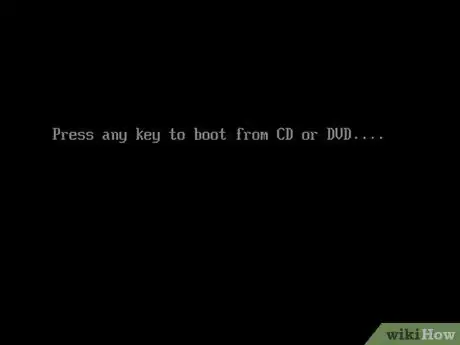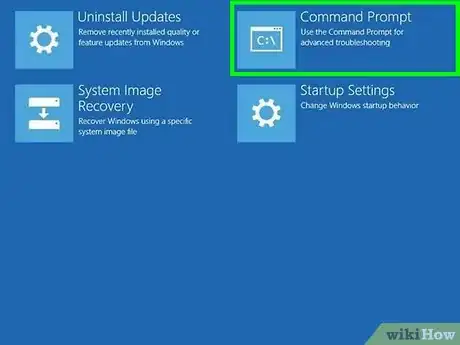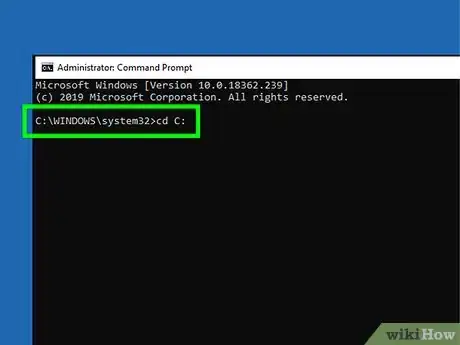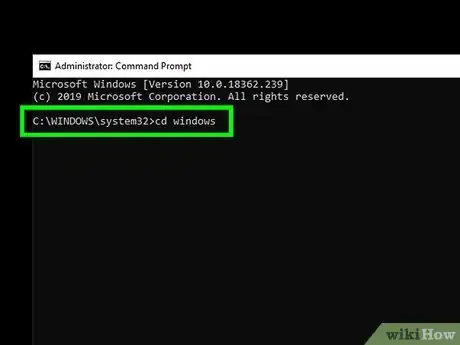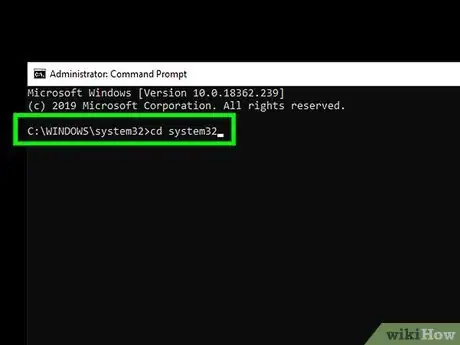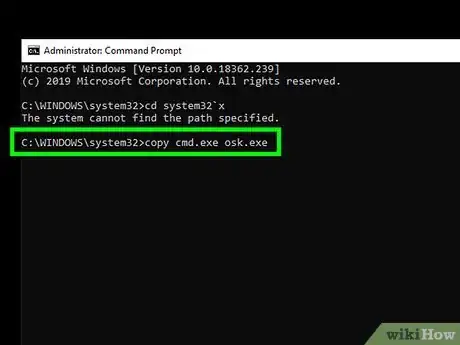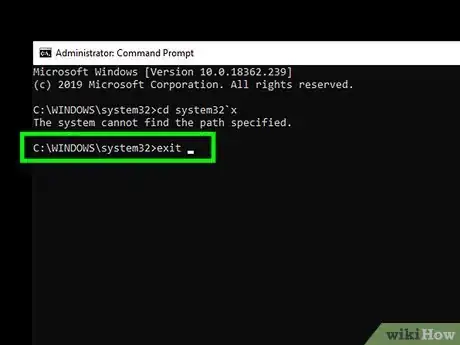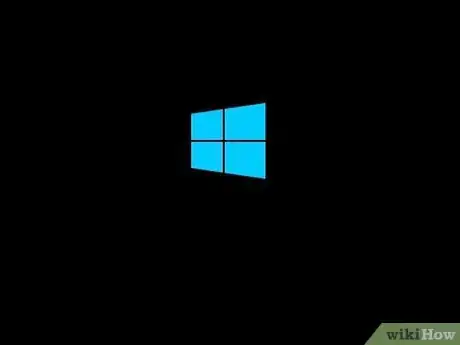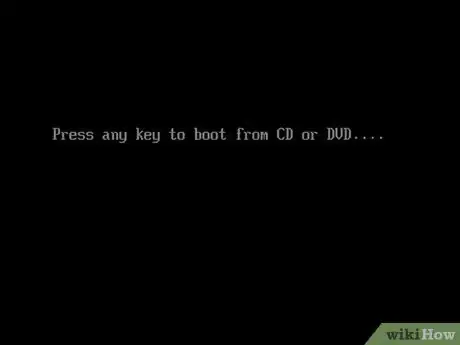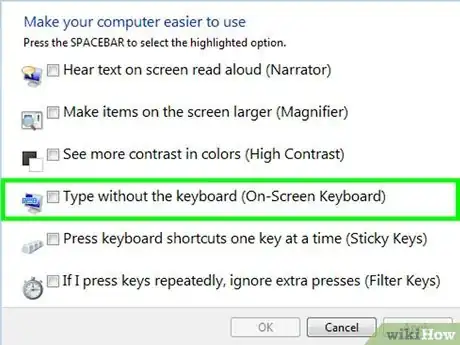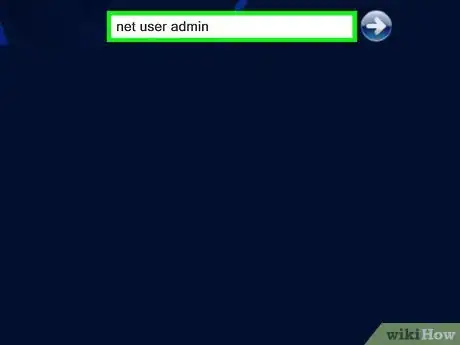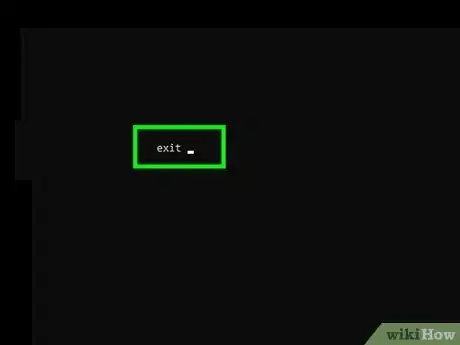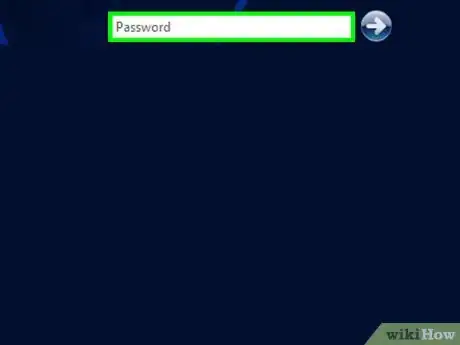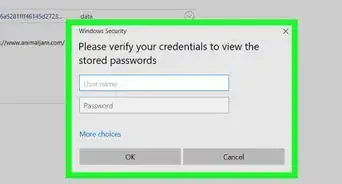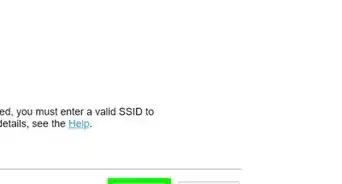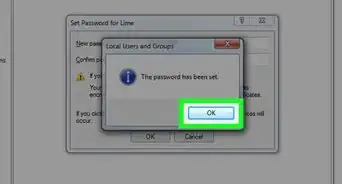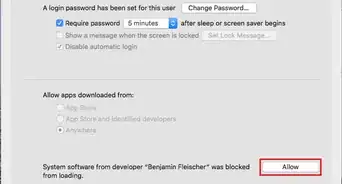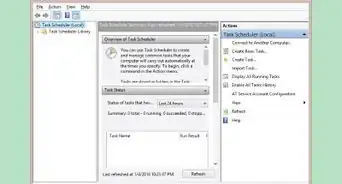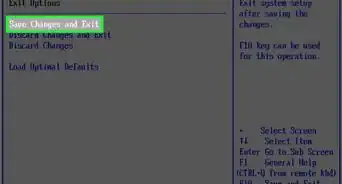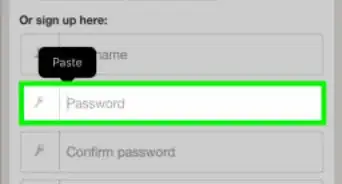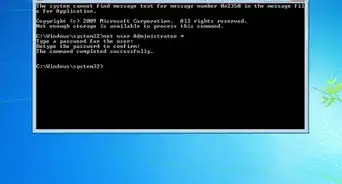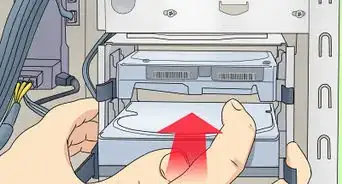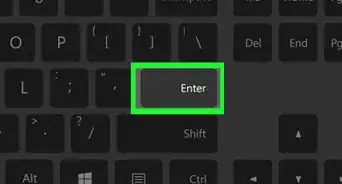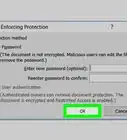This article was co-authored by wikiHow staff writer, Darlene Antonelli, MA. Darlene Antonelli is a Technology Writer and Editor for wikiHow. Darlene has experience teaching college courses, writing technology-related articles, and working hands-on in the technology field. She earned an MA in Writing from Rowan University in 2012 and wrote her thesis on online communities and the personalities curated in such communities.
This article has been viewed 38,493 times.
Learn more...
Unfortunately, it’s impossible to use a Windows computer nowadays without using a password. But, there are ways to reset that password so you can log in without knowing the original one. This wikiHow will teach you how to reset your admin password on any Windows 10 computer using a Windows Installation disk or a Windows-Bootable USB drive.
Steps
-
1Restart your computer. You should have either the Windows Installation disk or Windows-Bootable USB in your computer.
-
2Press any key when prompted. You’ll see the screen prompt you to press any key to use the disk or USB to start.Advertisement
-
3Click Next. You have an opportunity here to change the default language, time and currency settings, as well as the keyboard input.
-
4Click Repair your computer. You’ll see this to the left under “Install Now.”
-
5Click Troubleshoot. This is the second item in the menu.
-
6Click Advanced Options.
-
7Click Command Prompt. You’ll usually find this in the second column. Command Prompt will open, defaulting to looking in the current folder and drive. For example, your USB drive is most commonly labeled “X”, so Command Prompt will open in X.
-
8Navigate to your main drive. Many main drives are labeled “C”. So you’ll type in C: and press ↵ Enter on your keyboard.
- You’ll see Command Prompt changes to search C.
- To make sure Windows is installed on this drive, type dir and press ↵ Enter on your keyboard. If Windows is installed on “C,” you’ll see it listed in Command Prompt. If not, try to locate your Windows installation location.
-
9Navigate to the Windows folder. Type cd windows and press ↵ Enter on your keyboard.
-
10Navigate to System32. Type cd system32 and press ↵ Enter on your keyboard.
-
11Type dir osk.exe and press ↵ Enter. Osk.exe is the on-screen keyboard for Windows computers. This command is similar to one of the previous steps, as it will check if osk.exe is in the System32 folder you’ve navigated to.
-
12Rename the osk.exe file name. Type ren osk.exe osk.exe.new and press ↵ Enter. That command renames the file from “osk.exe” to “osk.exe.new.”
-
13Copy the file. Type copy cmd.exe osk.exe and press ↵ Enter. You’ll see Command Prompt verify that you have copied that one file.
- Since you’ve renamed the original file, you’ve now created a new osk.exe file. You want to copy that new one.
-
14Exit Command Prompt. Type exit and press ↵ Enter.
-
15Click Continue. Your computer will automatically restart.
-
16Do not press any keys or you will need to restart again.
-
17Click the timer icon, also called “Ease of access.” You’ll find this on the bottom right corner of your screen.
-
18Click On-Screen Keyboard. A window similar to Command Prompt will open.
-
19Reset the password for the Admin. Type "net user Admin *" and press ↵ Enter. If the username is different than Admin, you enter that here. The window will prompt you for a new password.
-
20Enter a new password for that user. You’ll have to confirm this password.
-
21Type exit. The window will disappear and you’ll see the screen to login with your password.
-
22Type your new password in the field.
About This Article
1. Restart your computer.
2. Press any key.
3. Click Next, then Repair your computer, Troubleshoot, Advanced Options and Command Prompt.
4. Navigate to your main drive, then the Windows folder, then the System32 folder, then the osk.exe file.
5. Rename osk.exe and copy it.
6. Exit Command Prompt and click Continue.
7. Click the timer icon.
8. Click On-Screen Keyboard.
9. Change the Admin password with net user Admin*.
10. Use the new password to log in.

